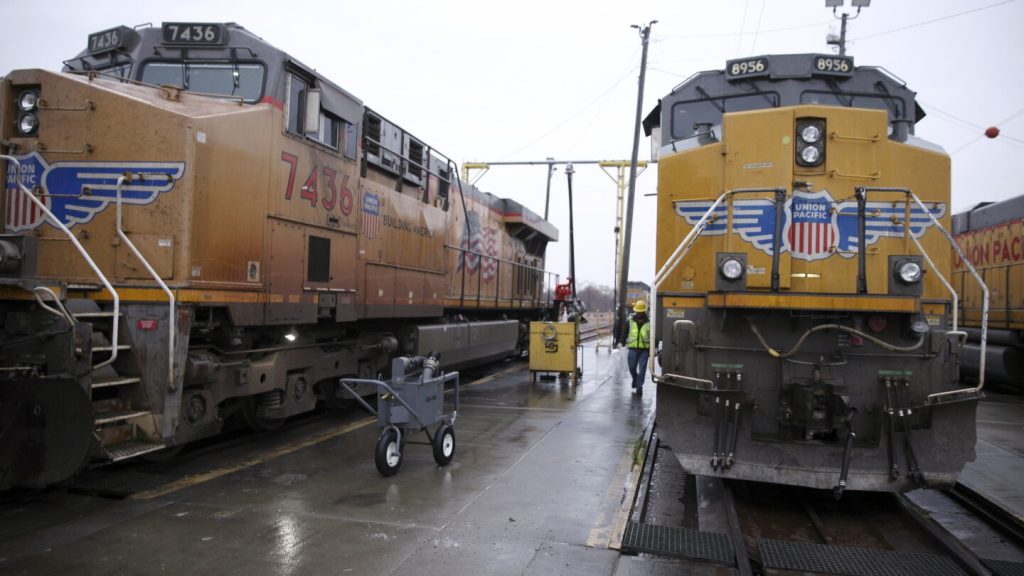Union Pacific reported a 1% increase in first-quarter profit, with earnings totaling $1.64 billion, or $2.69 per share. This was higher than the previous year’s $1.63 billion, or $2.67 per share, despite a slight decrease in shipping volume. The railroad attributed this growth to a reduction in expenses, particularly fuel costs, which dropped 14% to $658 million in the quarter. This improvement allowed Union Pacific to exceed analysts’ expectations of $2.51 per share.
CEO Jim Vena highlighted the overall improvement in the company’s performance, noting that the network operated fluidly and efficiently to meet market demands. This success was reflected in slightly longer trains, improved freight car velocity, and fewer railcar switches between trains. Union Pacific is focused on optimizing its network operationally to drive efficiencies and meet customer expectations for both speed and consistency in deliveries.
Analyst Jeff Windau from Edward Jones praised Union Pacific’s solid improvement in operational and efficiency metrics, providing a strong foundation for future profitability as shipment volumes increase. Despite facing challenges such as the loss of international intermodal business and lower coal shipments, the railroad remains optimistic about profit growth this year. Union Pacific plans to restart stock repurchases in the second quarter to further support its financial performance.
The economy’s uncertainty, particularly in anticipation of potential interest rate cuts by the Federal Reserve, continues to be a concern for Union Pacific and its executives. The pressure from investors to deliver returns on their investments is a significant factor in the railroad industry, as demonstrated by an activist investor seeking control of Norfolk Southern to replace its management due to lagging profits. Vena acknowledged that shareholder expectations for performance are valid in the capitalist system and welcomed the accountability.
Union Pacific, one of the nation’s largest railroads with over 30,000 miles of track across 23 Western states, is navigating a challenging market environment while striving to enhance operational efficiency and meet customer demands. The company’s focus on network optimization and performance metrics has positioned it well for future growth, despite potential headwinds in shipment volumes and economic conditions. With a proactive approach to improving its operations and addressing investor expectations, Union Pacific remains committed to driving profitability and delivering value to its stakeholders.


